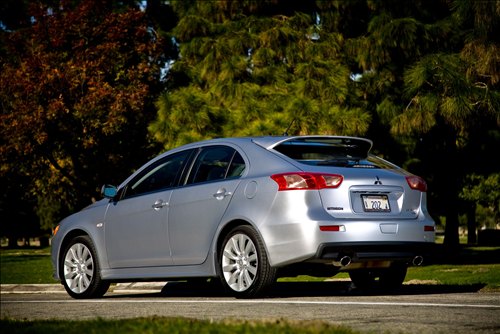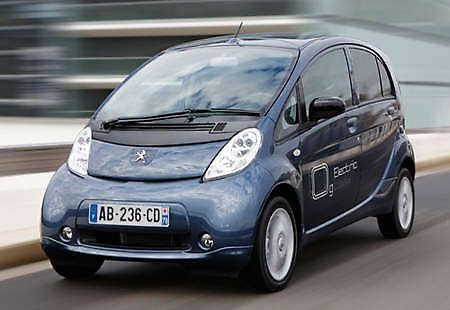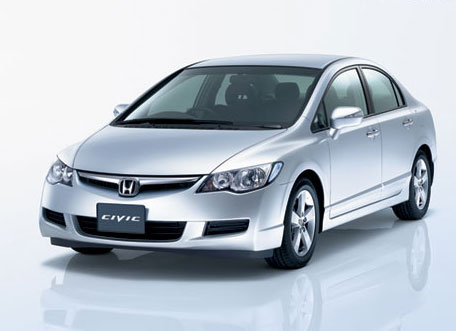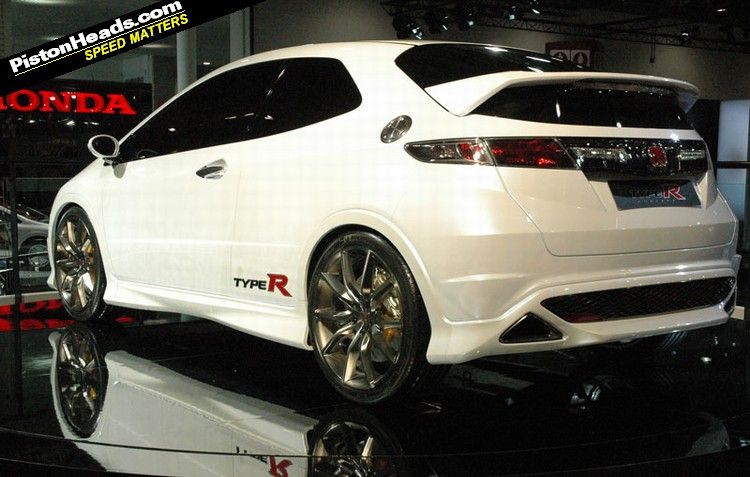The Mini Coupe Concept: an invitation to enjoy spontaneous mobility.
The current models in the range already meet the most varied demands. As individual characters in their own right, the Mini, Mini Clubman and Mini Convertible all offer a unique rendition of the driving experience so typical of the brand.
The two-seater is designed to accommodate even the most powerful engine currently available in the Mini - and with the 1.6-litre twin-scroll turbocharged power unit carried over from the Mini John Cooper Works, the Mini Coupe Concept offers truly outstanding performance. Maximum output is 155 kW/211 hp, peak torque 260 Newton-metres/192 lb-ft increasing through the Overboost function for a short while to an even more substantial 280 Newton-metres/206 lb-ft. And now the Mini Coupe Concept offers everything it takes to exceed even the supreme performance of the Mini John Cooper Works with this unique power unit.
At the same time this concept car clearly follows the BMW Group's EfficientDynamics development strategy. More driving pleasure, lower emissions - the Mini Coupe Concept lives out this philosophy expressed by Mini as MINIMALISM in a particularly attractive manner.
Fifty years of Mini: a vision of tomorrow marking an anniversary of today.
Fifty years after the launch of the classic Mini, the appeal of the brand is greater than ever before, with the model range exuding sheer fascination wherever you go. And now, in the anniversary year of the brand, Mini is bringing together this unique tradition and the successful model range offered today with even greater creativity and technical innovation for a truly promising future.
The Mini Coupe Concept is a further milestone in this ongoing development of the brand. The car takes up elementary strengths of the Mini and, through its modern technology and an innovative body concept, offers new standards and characteristics never seen before. So that the Mini Coupe Concept offers many new highlights in adding yet a further character to the existing model range.

Exterior design: the look typical of Mini but with individual character.
The body design of the Mini Coupe Concept also bridges the gap from the earliest days of the Mini's history all the way to the more distant future of the brand, emphasising the unique nature of the concept as well as its full membership in the Mini family. At the same time the individual and emotional design language arouses the expectation of a particularly thrilling experience on the road.
Especially at the front end of the car a number of icons typical of the brand, as well as the design style so characteristic of Mini, all come together to create a strong family resemblance. In addition, the individual look of the Mini Coupe Concept comes out also in the side view of the car as well as in the design of the rear end.
This unique new two-seater measures 3,714 millimetres (146.2") in length and 1,683 millimetres (66.3") in width. Height is 1,356 millimetres (53.4"). Through these dimensions and its athletic proportions alone, the Mini Coupe Concept stands out from the beginning as a compact and muscular sports machine.
The typical Mini look in particularly sporting style.
The new concept car carries over the unmistakable front end look from the four-seater Mini. Smoothly balanced contours on the engine lid characterised by wide and sweeping radii, the large headlights, the homogenous shape of the radiator grille and the wide lower air intake give each model that unique look, openness and charm so typical of the brand.
The chrome radiator grille on the Mini Coupe Concept is the same as on the Mini Cooper S. The inner section in the grille is however finished with bars in body colour creating a clear sign of distinction at very first sight from the other members of the Mini family. The bonnet stripes also extend into the radiator grille to provide an even more sporting and dynamic touch.
Individual roofline as a sign of sporting presence.
The side view of the Mini Coupe Concept also brings together features typical of the Mini family and new highlights in design to form a fascinating whole. The front side panels, for example, come straight from the Mini Convertible.
The C-pillar is a strong visual expression of the particularly solid and torsionally rigid body structure providing not only superior occupant safety, but also the agility typical of Mini in fast manoeuvres. The C-pillar very powerful in design serves at the same time to guide your perspective towards the rear end of the car, while the side view of the Mini Coupè Concept forms a very strong and convincing wedge shape created by the roofline tapering out to the rear and the waistline rising up slightly in typical Mini style.
Impressively functional: wide-opening tailgate, generous luggage space.
The tailgate on the Mini Coupe Concept is yet another highlight of the car. Deliberately foregoing the rear seat bench, this unique two-seater offers lots of additional space for taking along all kinds of luggage.
Luggage capacity is 250 litres or 8.8 cu ft. To use this space most conveniently, the rear end of the Mini Coupe Concept comes with a large and wide-opening tailgate. Hinged above the roof spoiler, the entire tailgate including the rear window swings up gracefully, offering convenient access to the generous luggage space behind the rear seats of the car. And thanks to the low loading sill, accessing the luggage compartment with even heavy and bulky objects is significantly easier.

Interior: sports car ambience with an exclusive range of colours and materials.
The Mini Coupe Concept combines the vision of a compact sports car with thrilling agility, on the one hand, and the individual flair and style of the Mini, on the other. Through its entire concept, the car is perfectly designed to offer concentrated driving pleasure of the highest standard. This is borne out not only through the extroverted exterior in its fascinating, sporting look, but also through the interior conceived from the start for active motoring.
Wide-opening doors give the driver and passenger convenient access to the interior, where they enjoy sports seats with strongly contoured side supports for a secure seating position even in particularly fast bends. A three-spoke leather sports steering wheel with multifunction buttons enables the driver to steer precisely into bends and control the audio or communication functions with maximum ease. All other control units, in turn, are arranged ergonomically on the dashboard, taking their frequency of use into account.
Lightweight construction and modern suspension technology providing a new feeling of go-kart driving.
The Mini Coupe Concept is definitely a Mini and definitely a sports car. The particular charm of this combination results from both the drivetrain and the suspension technology already featured in the current production models, as well as the special highlights of this two-seater concept car.
EPS Electronic Power Steering with speed-related power assistance, finally, ensures precise manoeuvring round bends and gives the driver exact feedback at all times on road and driving conditions. At the same time on-demand management of steering assistance serves to maximise the car's efficiency.
Since lower weight also means greater efficiency, the Mini Coupe Concept again offers the option to combine even greater driving pleasure with fuel consumption and CO2 emissions reduced to a Minimum as an important sign of our times.
Traditional values, modern quality, progressive concept.
Sporting success and agile handling of the highest standard are significant highlights in the history of Mini now going back five decades - and both factors have made a fundamental contribution to the ongoing popularity of this small premium car.
Three overall wins in the Monte Carlo Rally and the concept of driving pleasure expressed so clearly by the car's go-kart feeling definitely confirm the sporting potential of this small compact both back then and today. The anniversary year is therefore the ideal time to present the Mini Coupe Concept as the vision of an uncompromisingly active sports car.
 With five doors and five seats, the new Opel Agila is not only as practical as its predecessor, which sold over 440,000 units, but is now also much more dynamically designed. The small, versatile Opel was unveiled to the public at the 2007 IAA in Frankfurt (September 13 - 23, 2007) and made its market premiere in spring 2008. It boasts balanced proportions, soft curves and a distinctive side graphic. Its passengers still sit high and upright, but the roofline has been dynamically lowered and now blends into a smooth arc toward the rear. This helps create the Opel Agila's aerodynamic drag coefficient of 0.35 - a relatively low figure for a vehicle of this size. The urban car is now 20 centimeters longer, six centimeters wider, but seven centimeters lower than its predecessor.
With five doors and five seats, the new Opel Agila is not only as practical as its predecessor, which sold over 440,000 units, but is now also much more dynamically designed. The small, versatile Opel was unveiled to the public at the 2007 IAA in Frankfurt (September 13 - 23, 2007) and made its market premiere in spring 2008. It boasts balanced proportions, soft curves and a distinctive side graphic. Its passengers still sit high and upright, but the roofline has been dynamically lowered and now blends into a smooth arc toward the rear. This helps create the Opel Agila's aerodynamic drag coefficient of 0.35 - a relatively low figure for a vehicle of this size. The urban car is now 20 centimeters longer, six centimeters wider, but seven centimeters lower than its predecessor. The same is true for the interior: the boring days are over. A wide selection of fresh colors and modern styles create an ambience that's enhanced even more by the spacious headroom. The versatile five-seater's high seating position ensures good visibility, while the high placed gear stick and height-adjustable steering wheel with radio remote controls ensure easy operation. The rev counter is housed separately on the instrument panel.
The same is true for the interior: the boring days are over. A wide selection of fresh colors and modern styles create an ambience that's enhanced even more by the spacious headroom. The versatile five-seater's high seating position ensures good visibility, while the high placed gear stick and height-adjustable steering wheel with radio remote controls ensure easy operation. The rev counter is housed separately on the instrument panel. The fuel-saving master among the Opel Agila engines is the 1.3-liter common-rail turbo-diesel. Developed by GM Powertrain, the diesel engine is a true multi-talent and also offers an especially efficient alternative in the Corsa and Astra model lines. In the new Opel Agila it produces 75 hp (55 kW), has a top speed of 162 km/h and a zero to 100 km/h sprint of 13.5 seconds. The powerful diesel unit with a maximum torque of 190 Nm is very economical: on average it consumes less than five liters per 100 km, which represents a CO2 per kilometer value of under 130 g (finalized values not yet available).
The fuel-saving master among the Opel Agila engines is the 1.3-liter common-rail turbo-diesel. Developed by GM Powertrain, the diesel engine is a true multi-talent and also offers an especially efficient alternative in the Corsa and Astra model lines. In the new Opel Agila it produces 75 hp (55 kW), has a top speed of 162 km/h and a zero to 100 km/h sprint of 13.5 seconds. The powerful diesel unit with a maximum torque of 190 Nm is very economical: on average it consumes less than five liters per 100 km, which represents a CO2 per kilometer value of under 130 g (finalized values not yet available).
































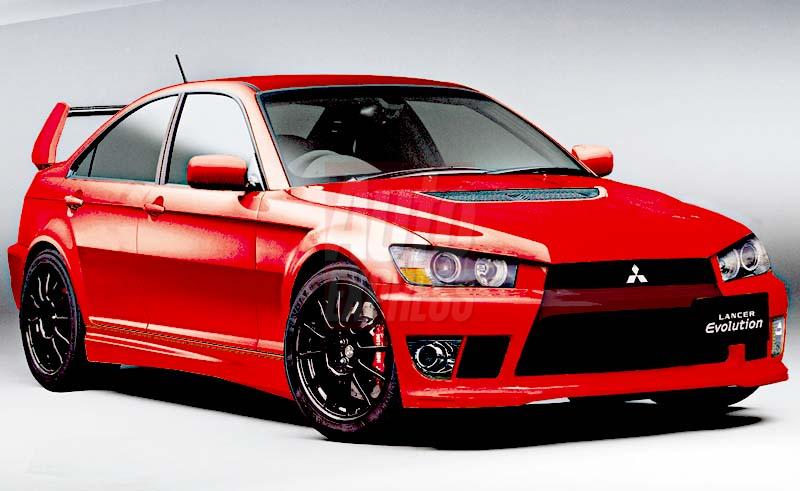



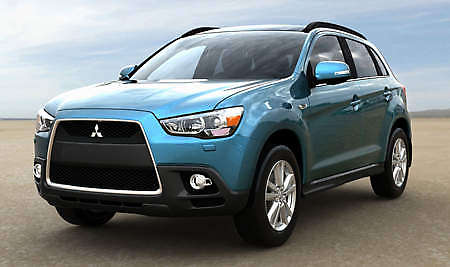 Mitsubishi will premiere its ASX compact crossover at the 80th Geneva Motor Show in March. The ASX is the European version of the Japanese market RVR, which will go on sale next month. MMC’s small SUV seats five and will slot below the recently redesigned Outlander, now with Lancer style shark nose.
Mitsubishi will premiere its ASX compact crossover at the 80th Geneva Motor Show in March. The ASX is the European version of the Japanese market RVR, which will go on sale next month. MMC’s small SUV seats five and will slot below the recently redesigned Outlander, now with Lancer style shark nose.


